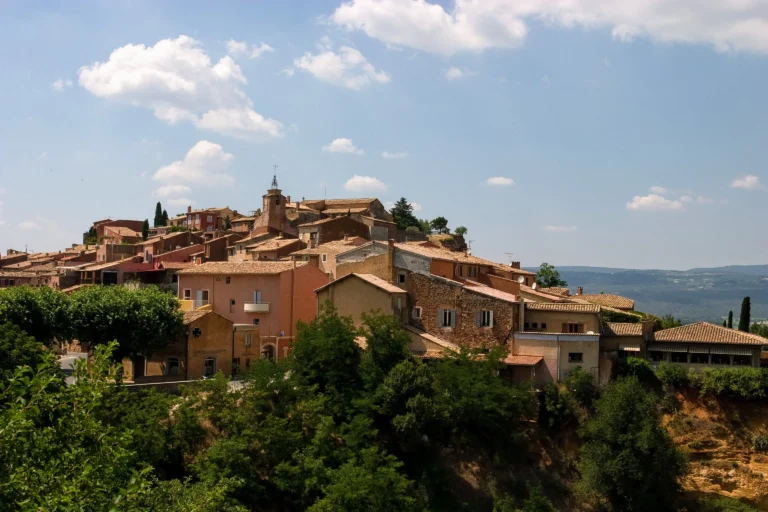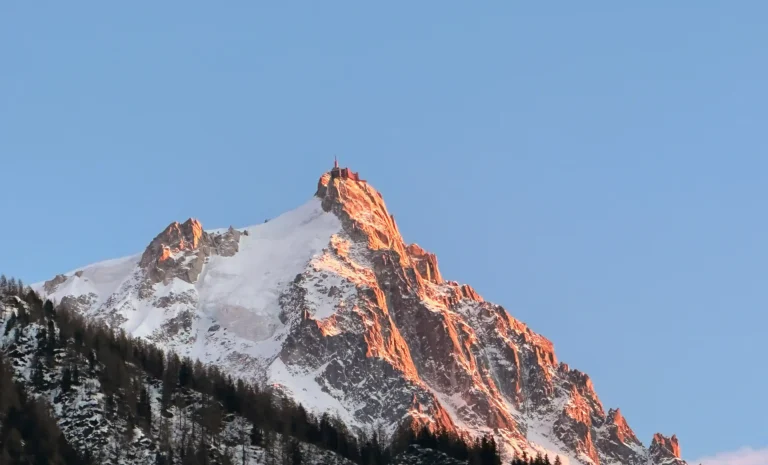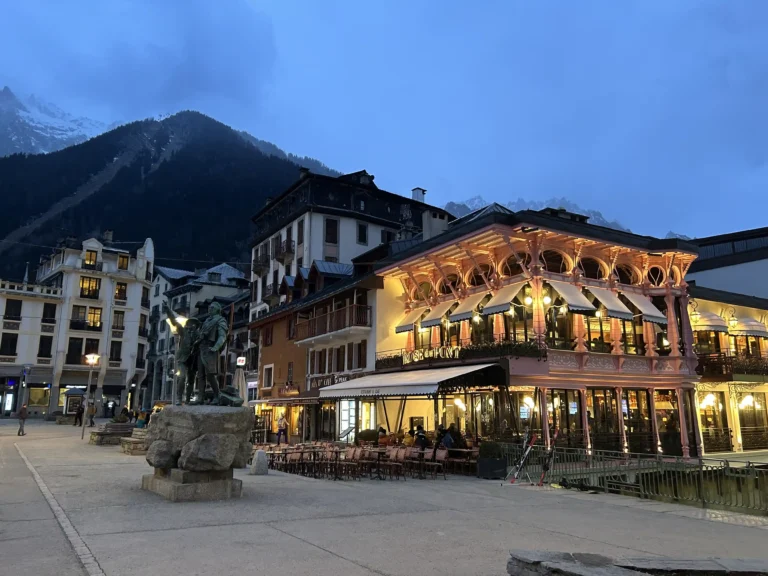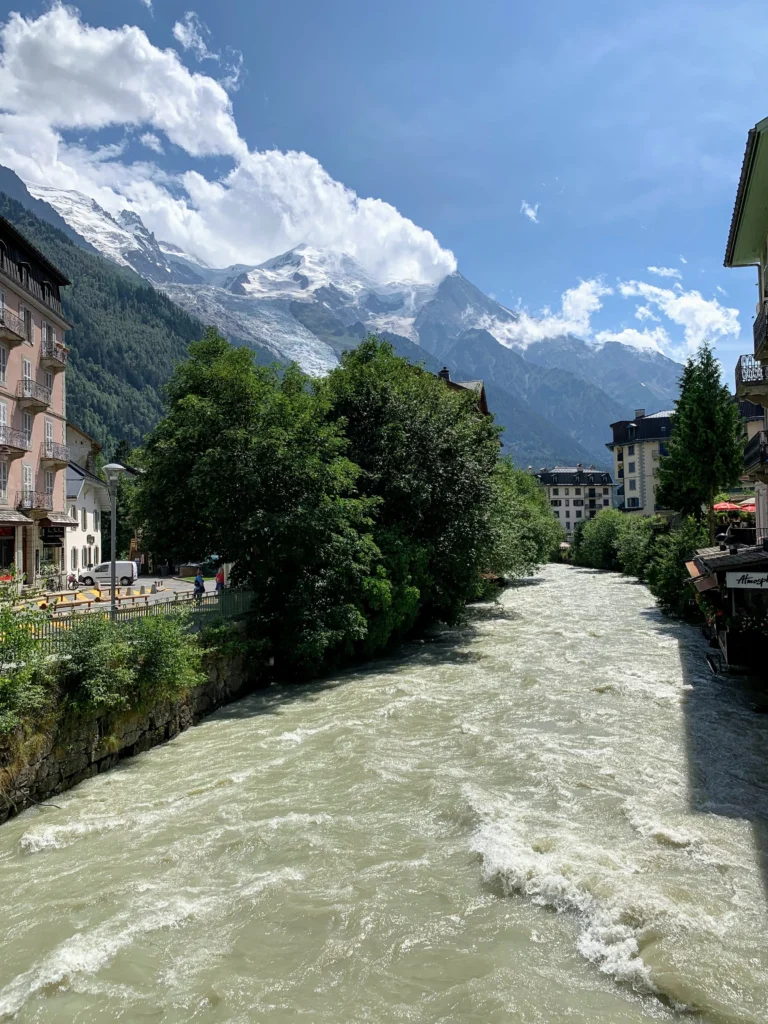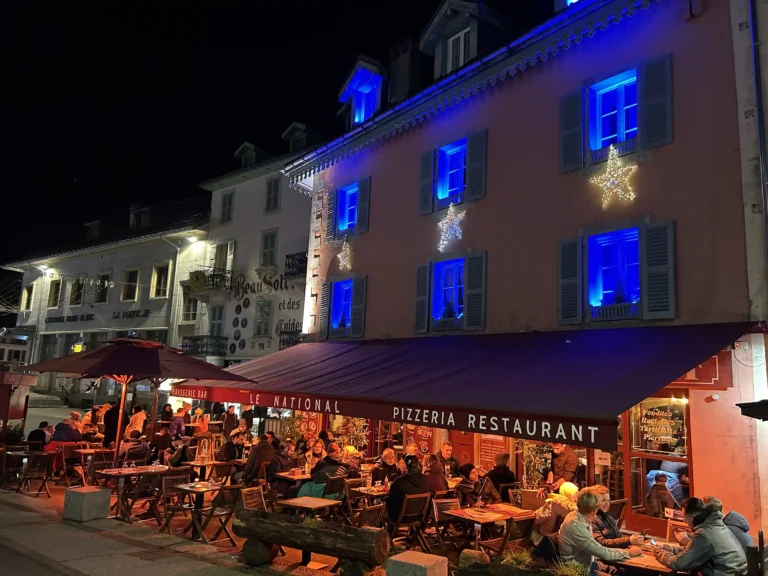On that day, we went to three mountain villages in Provence. Each of them had a distinctive charm.
Bonnieux is one of the prettiest hilly villages on the north side of Luberon. When we drove towards Bonnieux, the church tower was the first thing we noticed. Bonnieux has some excellent restaurants, complete with charming terraces. From the top, we enjoyed a remarkable view of the agricultural land of the Calavon valley, the Mounts of Vaucluse, and the Ventoux.
Roussillon. 10 km from Bonnieux Situated in the Luberon, at the foot of the Monts de Vaucluse, the village of Roussillon is surrounded by beautiful countryside. It is considered one of the most impressive villages in Roussillon and is situated on one of the most significant ochre deposits in the world. It is famous for its magnificent red cliffs and ochre quarries. The earth’s red, yellow, and brown shades form a striking contrast with the lush green pine trees. The vivid blue of the Provençal sky and the exceptional quality of light make this a magical site. We also enjoyed the one-kilometer-long Sentier des Ocres (Ochre Trail). The entrance fee is two euros. If going there, be sure you do not wear anything white—it can be promised that the color will change on that trail. We saw one ‘white dog’ whose color had changed during the walk. But the hike itself gives you magnificent views.
What to do in Roussillon?
The Ochre Trail is a must-see attraction, and the guided tour is a great way to learn about the history and geology of the area. The village itself is also a highlight, with narrow streets, charming houses, and beautiful views.
The Château de Roussillon, the nearby towns such as Gordes and Bonnieux, and the local markets and festivals are also worth visiting. The truffle festival in January is a great opportunity to experience the local culture and cuisine.
The Truffle Festival in Roussillon is an annual event that takes place in January. The festival is dedicated to the famous truffle, a highly prized and flavorful mushroom that grows in the surrounding woods. The festival is a great opportunity to learn about the truffle and its history, as well as to taste the different varieties of truffle.
During the festival, there are many activities and events that take place, such as truffle hunting with trained dogs, cooking classes and truffle tastings, and live music and entertainment. Visitors can also browse the local markets and shops, which sell truffle-based products such as truffle oil, truffle butter, and truffle-flavored cheeses.
The Truffle Festival is a great way to experience the local culture and cuisine, and to learn more about the truffle and its history. It’s a popular event and attracts many visitors, so it’s recommended to plan your trip in advance if you want to attend.
It is also worth noting that there are Truffle markets in other towns in the region as well, such as Carpentras, which also host truffle festivals, but the one in Roussillon is one of the most popular one.
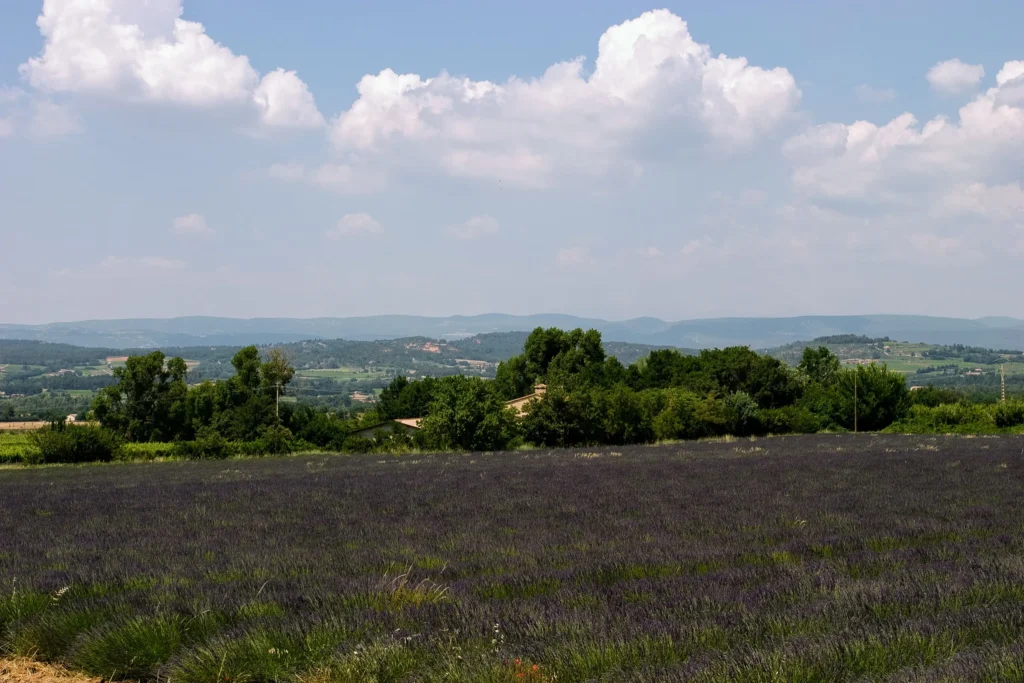
From Roussillon, we headed towards Spain. We stopped several times during our drive in the countryside to enjoy the view and take pictures—lavender valleys, cherry trees with mellow fruits, and country houses—all stunning. By the evening, we were near the Spanish border in the medieval village of Lagrasse, surrounded by grape fields.
Lagrasse. The village is famed for its Abbey, medieval houses and streets, book and pottery fairs over summer, and a lovely 12th-century hump-backed bridge. It is an excellent place to explore any time and has many good restaurants. Lagrasse is officially one of the “most beautiful villages in France.” We found the accommodation here just by knocking on the door. We found an excellent B&B (Chambre d’Hotes) type of place, Les Trois Graces. This place has an excellent kitchen and charming tiny rooms. The price for the room, including breakfast, was 50 euros.
Things To Do in Lagrasse
- Visit the Abbaye Saint-Pierre. The Abbaye Saint-Pierre in Lagrasse is a medieval abbey that dates back to the 8th century. It is considered one of the most important examples of Romanesque architecture in the Languedoc region. The abbey was founded by Charlemagne in the 8th century and was later rebuilt and expanded in the 12th and 13th centuries.
The abbey features a church with a nave and two aisles, a cloister, and a fortified gate. The church features beautiful architectural details such as stone arches and capitals decorated with intricate carvings. The cloister is also a highlight of the abbey, with its delicate arches and intricate carvings. The fortified gate, which dates back to the 13th century, is another notable feature of the abbey.
Inside the abbey, you can visit the Saint-Pierre Museum, which houses a collection of artifacts and artworks that were discovered on the site, including sculptures, frescoes, and manuscripts.
The Abbaye Saint-Pierre is open to visitors year-round, and guided tours are available to help visitors understand the history and significance of the site.
- Explore the village and its charming streets, lined with traditional stone houses and picturesque shops.
- Take a leisurely stroll along the Canal du Midi, which passes through the village.
- Enjoy a meal at a local restaurant that serves traditional French cuisine using fresh, local ingredients.
- Attend one of the festivals or events that take place throughout the year, such as the “Fêtes de Lagrasse” in August.
- Visit the art and craft workshops that host artists, craftspeople, and artisans.
- Take a hike in the surrounding countryside, which offers stunning views of the Pyrenees.
- Visit the nearby towns of Narbonne, Carcassonne, and Perpignan.
Every village we visited that day was different; they all had their charm.
Next to Spain, the Pyrenees, Andorra
Related reading:
